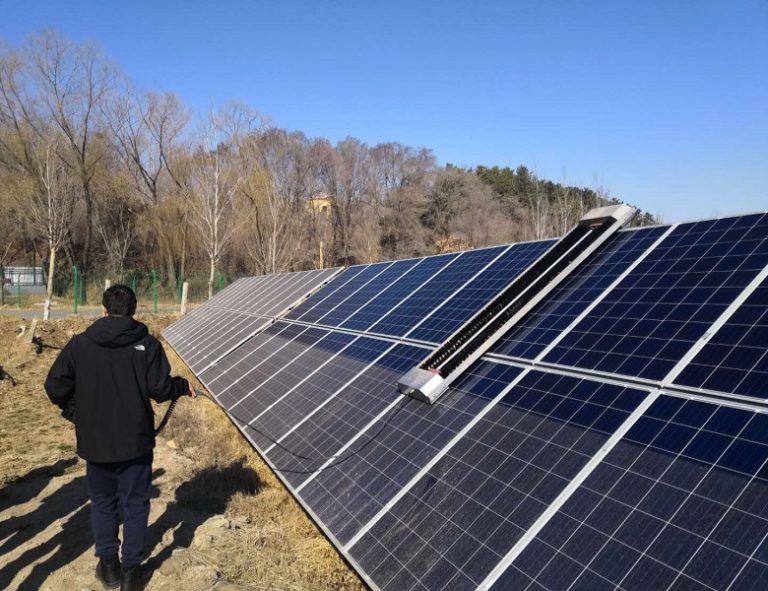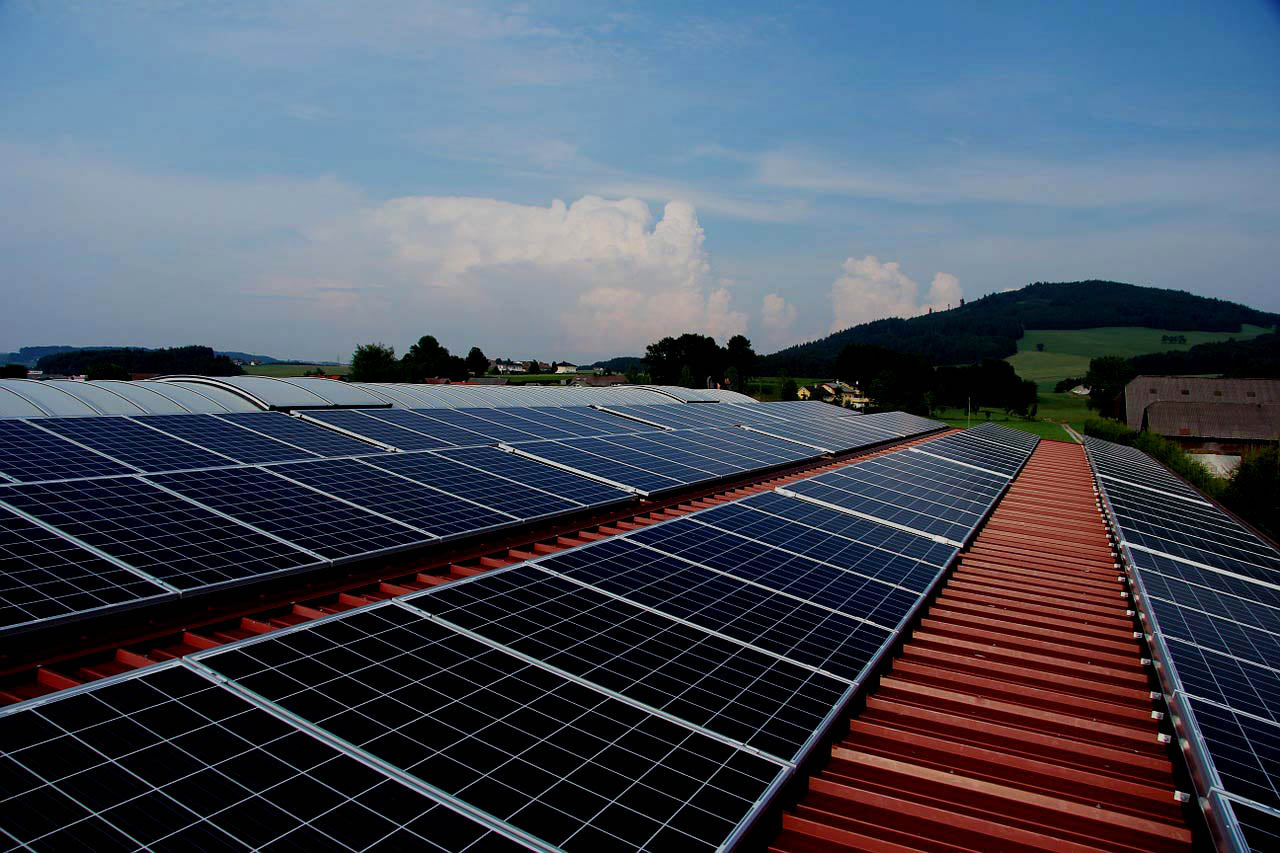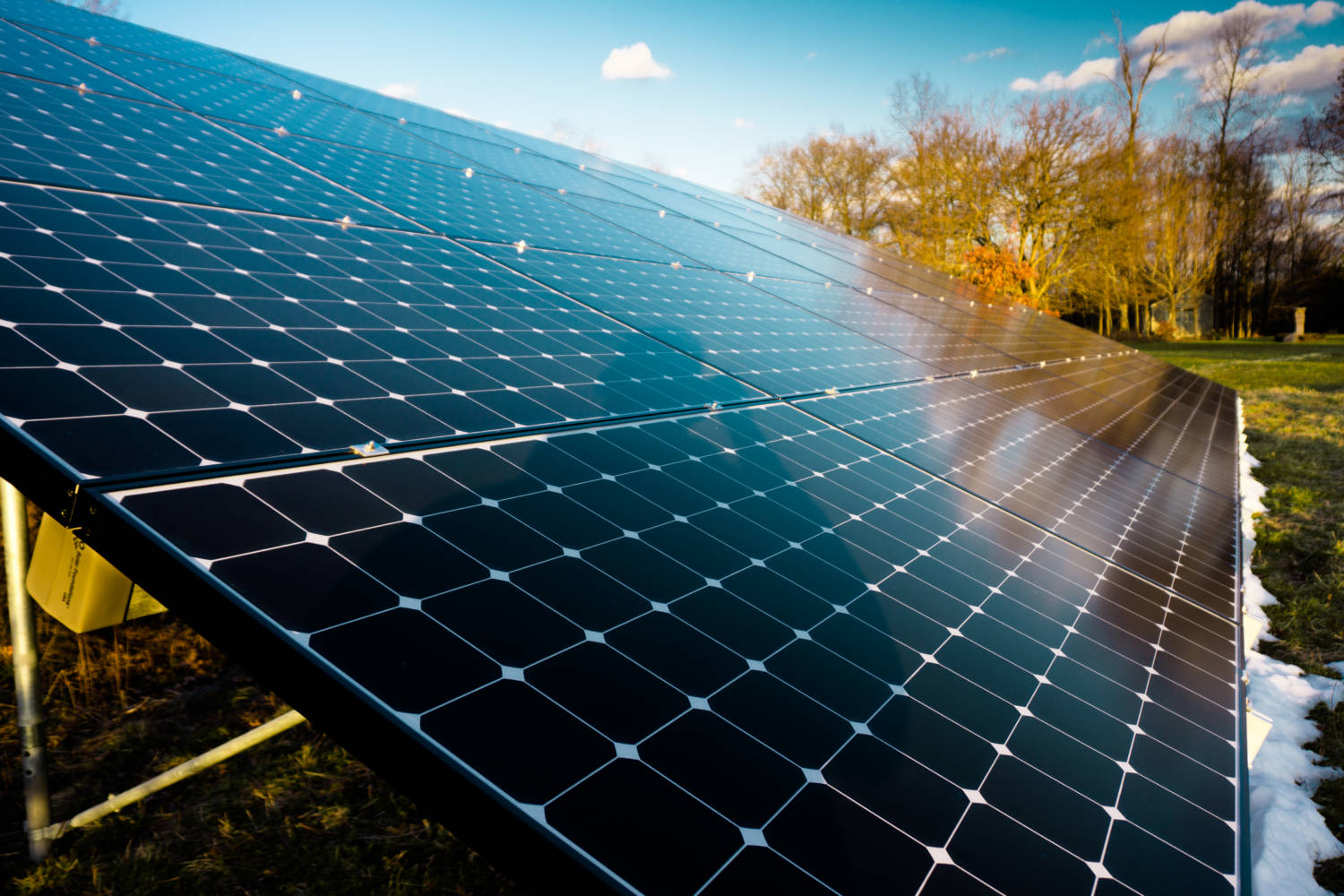Mono-crystalline silicon solar cells are mainly made of mono-crystalline silicon. Compared with other types of solar cells, mono-crystalline silicon cells have the highest conversion efficiency. At the initial stage, mono-crystalline silicon solar cells occupied most of the market share. After 1998, mono-crystalline silicon retreated to poly-crystalline silicon, and the market share occupied the second place. Due to the shortage of polysilicon raw materials in recent years, the market share of mono-crystalline silicon increased slightly after 2004. Now mono-crystalline silicon is the majority of batteries on the market.
The silicon junction crystal of mono-crystalline silicon solar cell is very perfect, and its optical, electrical and mechanical properties are very uniform. The color of the cell is mostly black or dark, which is especially suitable for cutting into small pieces to make small consumer products. The conversion efficiency of mono-crystalline silicon cell in the laboratory is 24.7%. The conversion efficiency of general commercialization is 10% - 18%. Due to the manufacturing process problems of mono-crystalline silicon solar cell, generally, its semi-finished silicon ingot is cylindrical, and then it is made into finished products through slicing - Cleaning - diffusion bonding - removal of back electrode - making electrode - Corrosion of periphery - evaporation of antireflection film and other processes.
Generally, the four corners of mono-crystalline silicon solar cells are rounded corners. The thickness of mono-crystalline silicon solar cells is generally 200um-350um thick. The current production trend is to develop in the direction of ultra-thin and high efficiency. When making poly-crystalline silicon solar cells, the high-purity silicon as raw material is not purified into single crystal, but melted and cast into square silicon ingot, and then processed into thin slices and similar processing like monocrystalline silicon.
Poly-crystalline silicon can be easily identified from its surface. The silicon wafer is composed of a large number of crystal regions of different sizes (with crystal crystals on the surface), and its power generation mechanism is the same as that of single crystal. However, since the silicon wafer is composed of multiple crystal groups of different sizes and orientations, the photoelectric conversion at the grain interface is easy to be disturbed, so the conversion efficiency of poly-crystalline silicon is relatively low. At the same time, the optical, the consistency of electrical and mechanical properties is not as good as that of mono-crystalline silicon solar cells.
The maximum efficiency of polysilicon solar cell laboratory is 20.3%, and the commercialization is generally 10% - 16%. Polysilicon solar cells are square pieces, which have the highest filling rate when making solar modules, and the products are relatively beautiful. The thickness of poly-crystalline silicon solar cells is generally 220um-300um thick. Some manufacturers have produced 180um thick solar cells and are developing towards thin, so as to save expensive silicon materials. The multi chip is a square or rectangle at right angles. The four corners of the single crystal have nearly circular chamfers. The single crystal with money shaped holes in the middle of a component can be seen at a glance.
- Mono-crystalline silicon solar cell
At present, the photoelectric conversion efficiency of mono-crystalline silicon solar cells is about 15%, and the highest is 24%, which is the highest among all kinds of solar cells, but the manufacturing cost is so high that it can not be widely and widely used. Because mono-crystalline silicon is generally encapsulated with toughened glass and waterproof resin, it is durable and has a service life of 15 years and up to 25 years.
- Poly-crystalline silicon solar cell
The manufacturing process of poly-crystalline silicon solar cells is similar to that of mono-crystalline silicon solar cells, but the photoelectric conversion efficiency of poly-crystalline silicon solar cells is much lower, and its photoelectric conversion efficiency is about 12%. In terms of production cost, it is cheaper than mono-crystalline silicon solar cells. The materials are easy to manufacture, save power consumption, and the total production cost is low. Therefore, it has been greatly developed. In addition, the service life of poly-crystalline silicon solar cells is also shorter than that of mono-crystalline silicon solar cells. In terms of performance price ratio, mono-crystalline silicon solar cells are slightly better.
Contact us to learn more with the following information:
Phone: +86-13923729619 Fax: +86-755-28720791
WhatsApp: +86-13923729619 Wechat: 13510027129
Email address: Philip@isolarparts.com
Homepage: www.isolarparts.com



